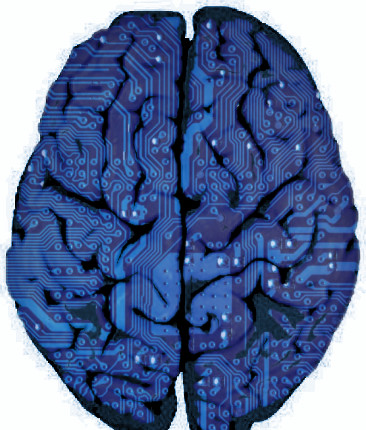Musk plugs brain link
 Elon Musk says the first human recipient of Neuralink’s brain chip can now control a computer mouse solely through thought.
Elon Musk says the first human recipient of Neuralink’s brain chip can now control a computer mouse solely through thought.
This development marks a significant milestone for Neuralink, which aims to restore lost functions such as movement and sight, while also enhancing capabilities like memory and intelligence.
"The patient is able to move the mouse around a screen just by thinking," Musk said this week, following a surgery conducted in January.
He said the company is now aiming to refine the technology to enable more complex interactions, beyond the basic “button presses” currently achieved.
However, despite the excitement surrounding this announcement, experts in the brain-computer interface (BCI) field have previously suggested that Neuralink's technology may not be as groundbreaking as it seems.
Marcus Gerhardt, CEO of Blackrock Neurotech, notes that the core technology employed by Neuralink, particularly its demonstrations with animals, reflects achievements that the research community realised over a decade ago.
“[Researchers] probably feel really hardened by it, because they did this ten years ago but they didn’t get any profile. Then Elon comes along. He did it once and everybody was in awe,” Gerhardt said of Musk’s earlier implants in macaques.
While Musk's involvement has undoubtedly brought increased attention to BCI technology, the claims of innovation and breakthrough might be seen as somewhat overstated when viewed against the backdrop of existing achievements by other researchers and companies.
Despite these critiques, the potential of BCI technology remains undiminished, with significant advancements being made in areas beyond Neuralink's current focus.
For instance, a recent study published in Nature Communications details a new method that significantly enhances the naturalistic sensations amputees experience when using robotic limbs.
This breakthrough could revolutionise the way individuals interact with prosthetics, offering improved mobility and reduced mental effort.
The study, led by Stanisa Raspopovic and his team of Swiss researchers, demonstrated that their neuro-robotic stimulation protocol could replicate natural sensations in the lower limbs of amputees, thereby increasing their mobility and confidence during activities like stair climbing.
These advancements highlight the dynamic and rapidly evolving nature of BCI technology.
While Musk's Neuralink strives to push the boundaries of what's possible, the field itself is much broader and richer in innovation than any single company's achievements.








 Print
Print